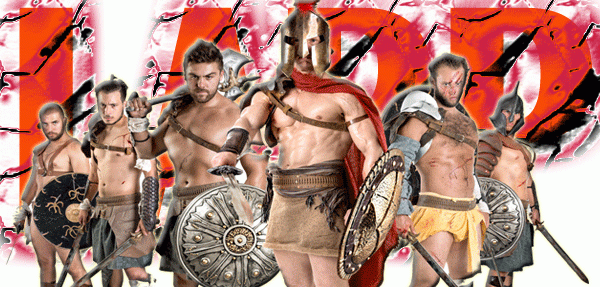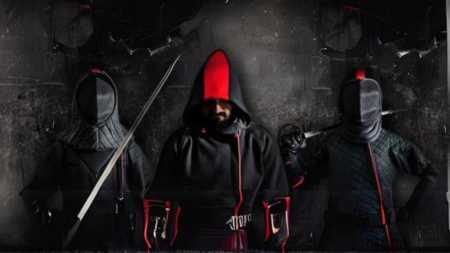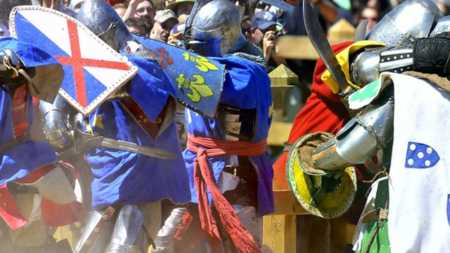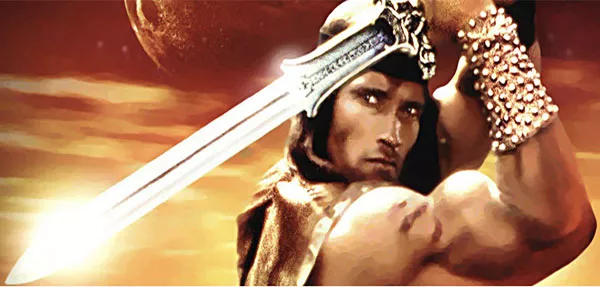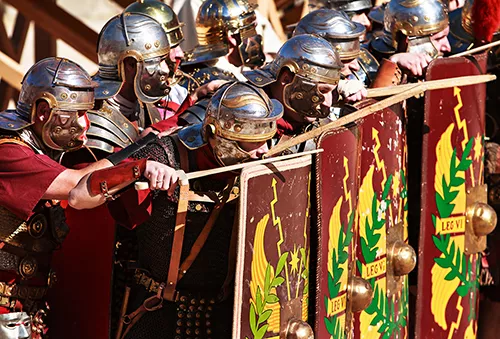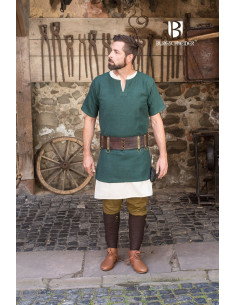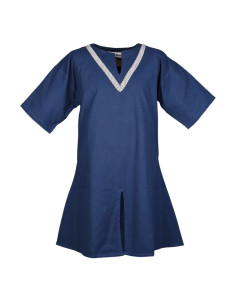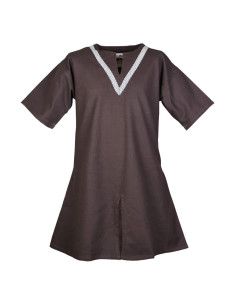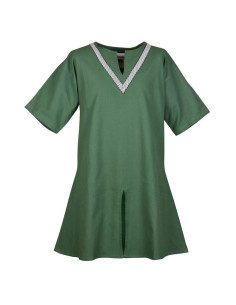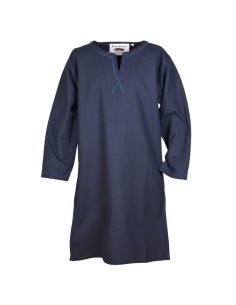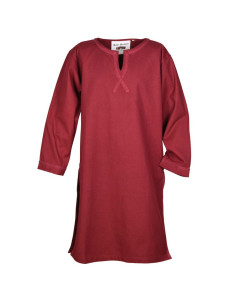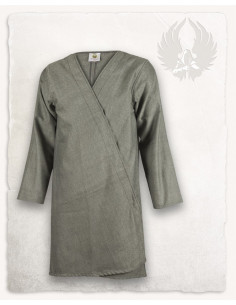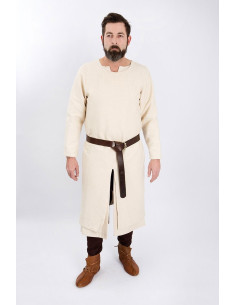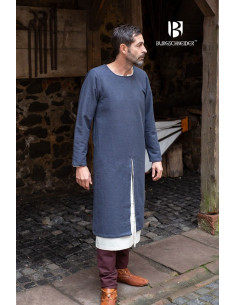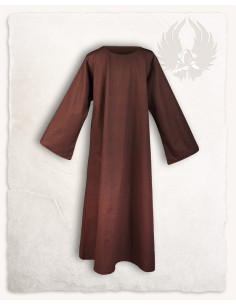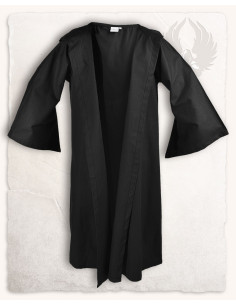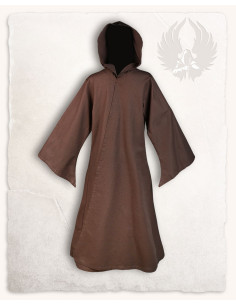Medieval tunics
32.98 €
Medieval tunic Aegir model with short sleeves and green. It is an indispensable item in any medieval recreation. The Aegir medieval tunic is the perfect complement to immerse yourself in the exciting world of medieval recreation. Made of high quality cotton, this tunic will provide you with comfort and style at your reenactment and live action role play...
25.48 €
Discover the authentic essence of medieval times with the blue Ailrik Medieval Tunic. This impressive piece of clothing will transport you directly to the magical times of the Migration Period to the Middle Ages in Northern and Central Europe. Made with the best materials, this tunic is made entirely of cotton, which gives it incredible comfort and...
25.48 €
Discover the authentic essence of medieval times with the Ailrik Brown tunic. This stunning piece of clothing will instantly transport you back to the times of the Migration Period right through to the Middle Ages, allowing you to portray the people of Northern and Central Europe in a faithful and realistic manner. The Ailrik Tunic is specially designed...
25.48 €
Discover the authentic essence of the Middle Ages with the green Ailrik medieval tunic. This short-sleeved tunic will take you back in time from the Migration Period to the Middle Ages, allowing you to accurately and authentically portray the people of Northern and Central Europe. Made of high-quality cotton, the Ailrik tunic guarantees the comfort and...
38.23 €
Are you passionate about the Middle Ages and love to immerse yourself in the world of knights and historical battles? Then you can't miss the opportunity to have the Albrecht long medieval tunic in your collection! This tunic, with its design based on the tunics of Northern Europe during the early Middle Ages, will transport you directly to that time...
38.23 €
Immerse yourself in medieval times with the Albrecht tunic! This impressive long red medieval tunic will transport you to the Middle Ages in the blink of an eye. Its design is inspired by the tunics used in the northern part of Europe during the beginnings of this fascinating era. The Albrecht Tunic is made from strong cotton, making it strong and...
57.77 €
Immerse yourself in the charm of medieval times with the anthracite gray crossed medieval tunic, model Shapur! Inspired by classic garments, this wrap-cut tunic will transport you to a past full of history and elegance. The Shapur tunic is similar in design to modern smocks, and has been a popular garment for men beginning in the 7th century. It closes...
41.24 €
Medieval Cream Tunic model Arnaud, with long sleeves made of cotton ideal to complement with medieval costumes. The Arnaud Medieval Tunic in cream color is the perfect complement to your medieval costumes. Made of 100% cotton, this tunic will provide you with comfort and style at your medieval re-enactment events, live role-playing games and more. With...
41.24 €
Arnaud Medieval Tunic, Gray The Arnaud model Medieval Cream Tunic is the perfect complement for your medieval costumes. Made of 100% cotton, this long-sleeved tunic will provide you with comfort and style in your medieval recreation events. With the Burgschneider brand, a leader in heroic clothing for medieval reenactment and role-playing games, you can...
49.50 €
The Arndt Medieval Tunic in brown from Mytholon is a versatile jewel that cannot be missing from your medieval wardrobe! Made from durable 100% cotton, this garment combines comfort and style perfectly. The Arndt Medieval Tunic is a simple but extremely functional tunic. You can wear it on its own or pair it with a great coat or other tunic to create a...
49.50 €
Do you consider yourself a brave and powerful wizard? If so, our Aurelius Warlock Robe is perfect for you. With a long and elegant style, this black model will make you stand out on any occasion. The wide bell-shaped sleeves add a magical and mysterious touch to this garment. You can wear this tunic open to show off your outfit or close it with a belt for...
49.50 €
If you consider yourself a valiant warlock and are looking for the perfect garment to show it off, then the Aurelius Warlock Tunic in brown is the ideal choice for you. With its long length and unique style, this robe is perfect for both expert witches and their apprentices. One of the standout features of this tunic is its wide, bell-shaped sleeves. This...

